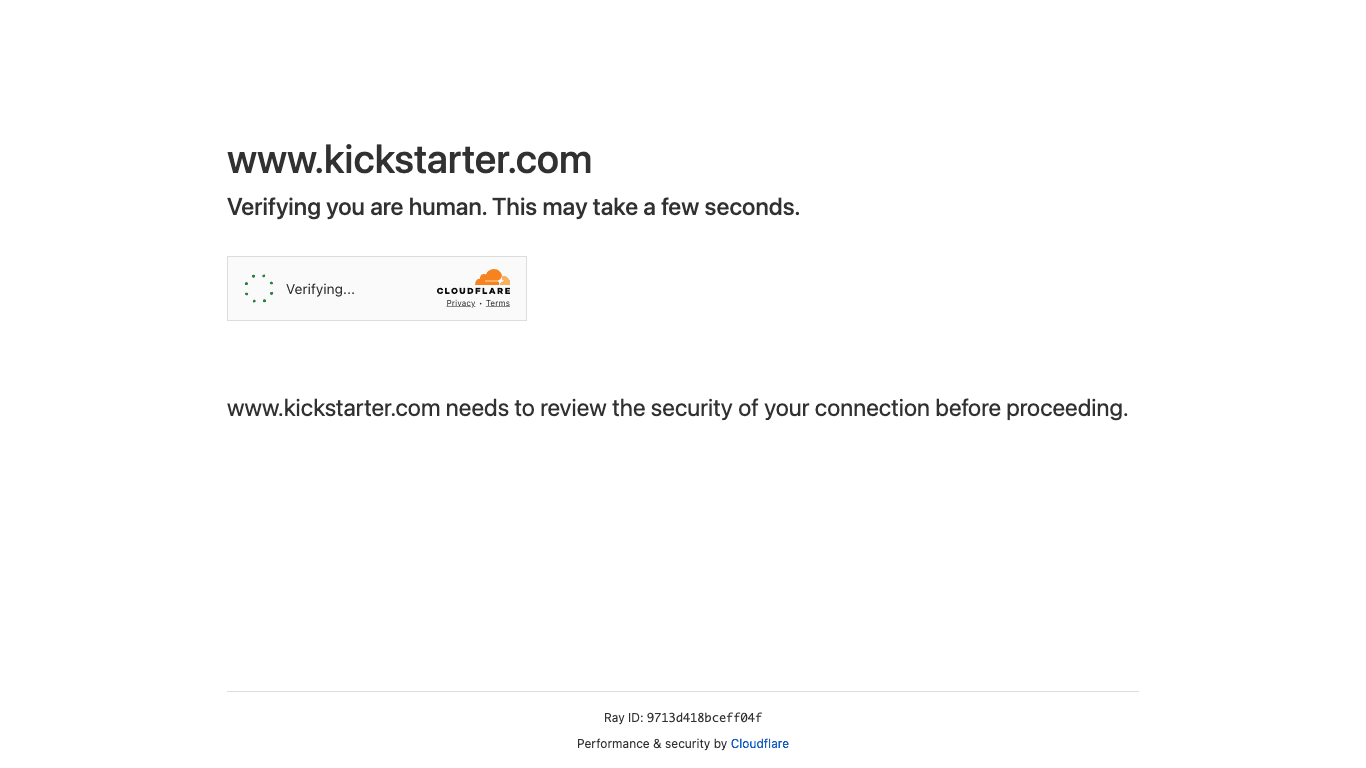Your Ultimate Guide to a Killer Pre Launch Marketing Strateg
pre launch marketing strategy: Launching a new product can feel like shouting into the void. You’ve spent months, maybe even years, building something y — learn
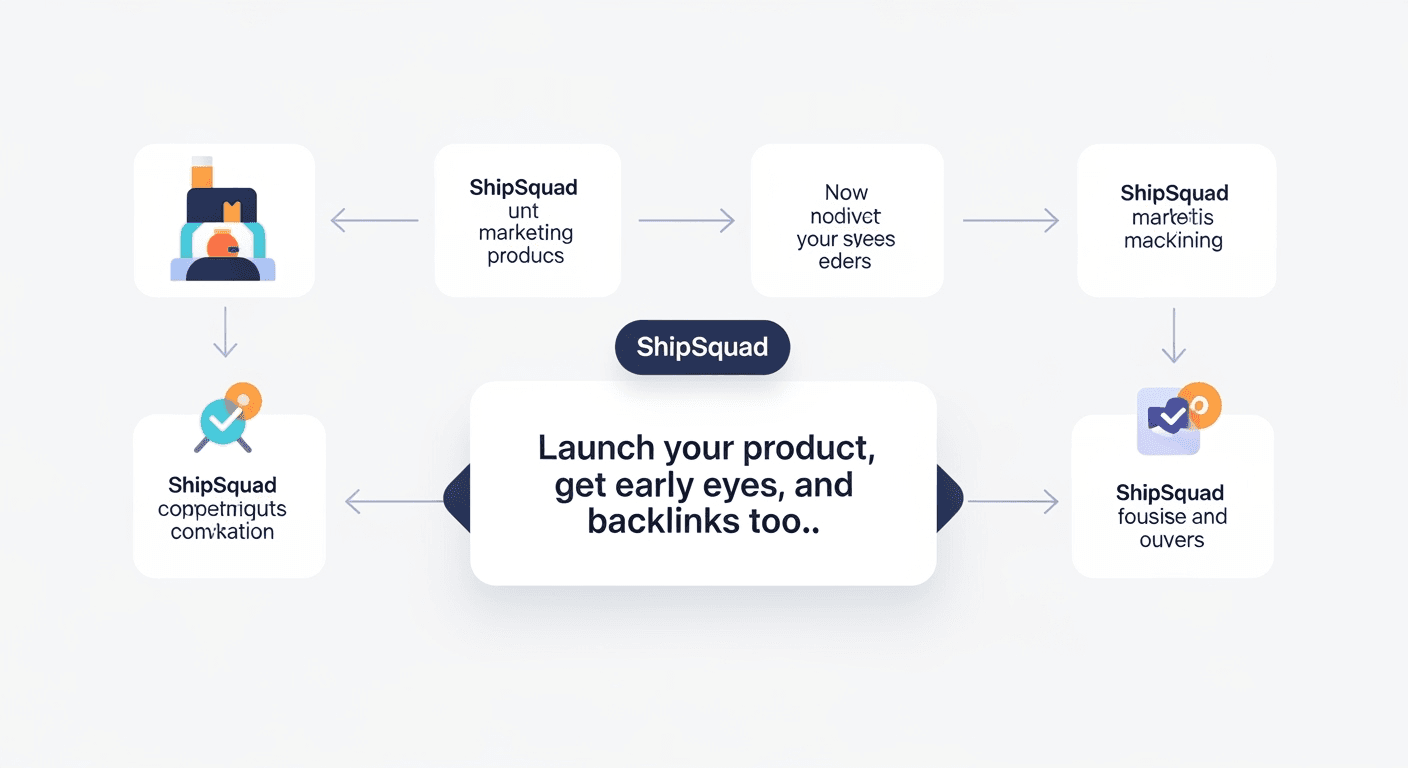
Launching a new product can feel like shouting into the void. You’ve spent months, maybe even years, building something you believe in. But on launch day, you’re met with… crickets. It’s a terrifyingly common story for indie makers and early-stage founders. The hard truth is that the "if you build it, they will come" mindset is a myth. Success isn't about launch day; it’s about the weeks and months leading up to it. This is where a powerful pre launch marketing strategy comes in, turning a potential flop into a roaring success. This guide will walk you through building a pre launch plan that creates buzz, validates your idea, and builds an audience ready to buy on day one.
A great pre launch marketing strategy isn't just about sending a few tweets. It's a systematic approach to building momentum. It’s about creating a community around your product before it even exists, getting crucial feedback, and ensuring people are lining up to support you when you finally hit "go."
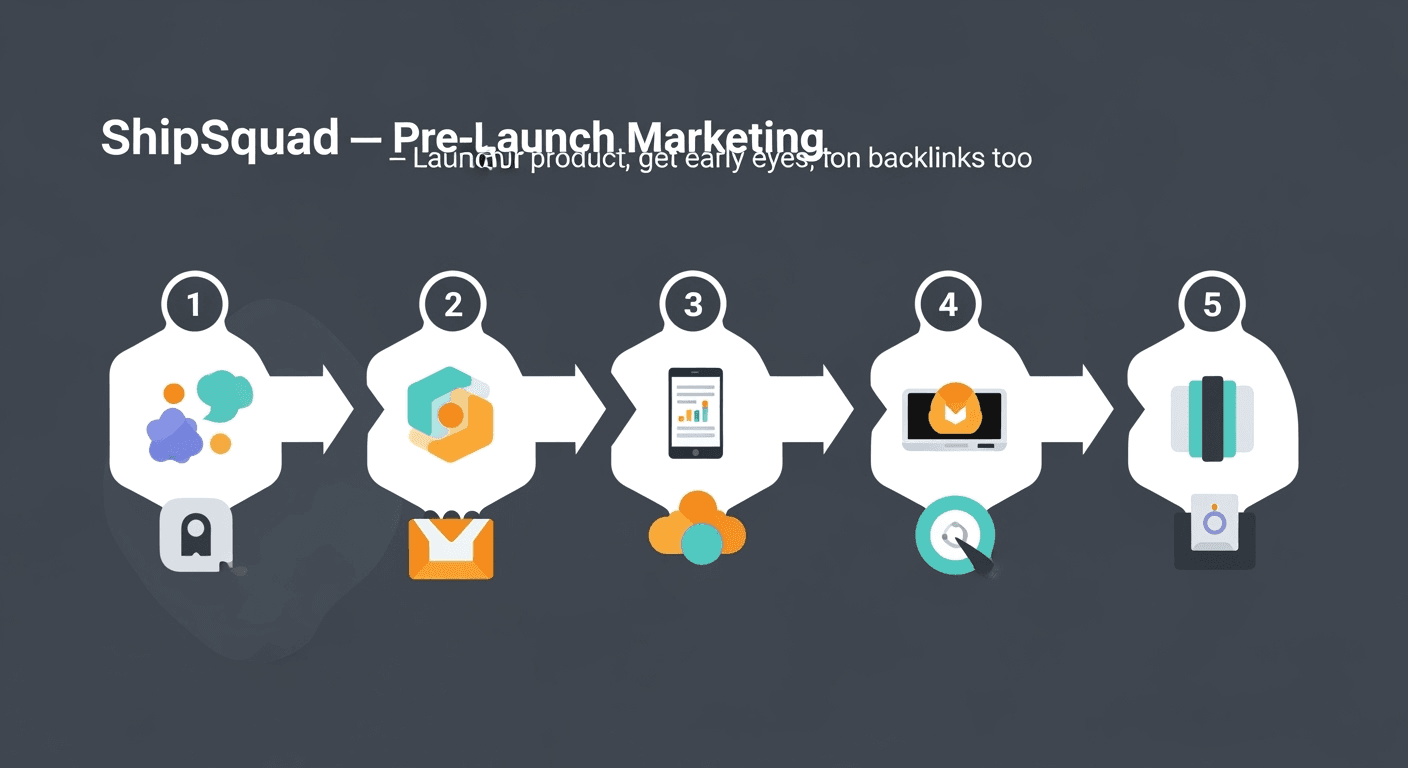
Table of Contents
- Why a Pre Launch Marketing Strategy is Non-Negotiable
- Phase 1: The Foundation - Setting Yourself Up for Success
- Define Your Target Audience (Really Define Them)
- Craft Your Core Message and Value Proposition
- Set Clear, Measurable Goals
- Phase 2: Building Your Audience - From Zero to One
- Create a High-Converting Landing Page
- Start Content Marketing Early
- Engage on Social Media Where Your Audience Lives
- Phase 3: Generating Buzz - Turning Up the Volume
- Leverage Influencers and Early Adopters
- The Power of a Waitlist and Referral Program
- Case Study: How Dropbox Nailed Its Pre Launch
- Phase 4: The Final Countdown - Preparing for Liftoff
- Choosing Your Launchpad: Where to Announce Your Product
- Preparing Your Outreach and PR Materials
- Comparing Launch Platforms: Where Should You Make Your Debut?
- Conclusion: Your Launch is a Beginning, Not an End
- Recommended Videos
- Frequently Asked Questions (FAQs)
Why a Pre Launch Marketing Strategy is Non-Negotiable
Let's be real for a second. Most product launches fail. Not because the product is bad, but because nobody knows it exists. A pre launch marketing strategy directly tackles this problem. It's your insurance policy against a silent launch.
Here’s what a solid pre launch plan does for you:
- Validates Your Idea: Before you write the final line of code, you can gauge interest. Are people signing up for your waitlist? Are they engaging with your content? This early feedback is gold.
- Builds an Audience: You start building a community of potential customers who are invested in your journey. These are your future evangelists.
- Generates Buzz and Hype: A well-executed strategy creates anticipation. People get excited. They start talking. The momentum builds naturally.
- Improves Your SEO: Yes, even before you launch! By creating content and getting early mentions, you’re signaling to search engines that you’re a relevant player in your space. This is a core part of a modern pre launch marketing strategy.
Think of it like a movie premiere. The studio doesn't just drop a film in theaters. They release trailers, do press tours, and build hype for months. Your product deserves the same treatment.
Phase 1: The Foundation - Setting Yourself Up for Success
Before you can build hype, you need to know who you're hyping it to and what you're going to say. This foundational phase is the most critical part of your pre launch marketing strategy.
Define Your Target Audience (Really Define Them)
"Everyone" is not a target audience. You need to get painfully specific. Who is the one person who will get the most value from your product?
- What are their biggest pain points?
- Where do they hang out online? (e.g., Reddit, Twitter, specific forums)
- What kind of language do they use?
- What other tools do they already use and love?
Create a detailed user persona. Give them a name, a job, and a story. Every piece of marketing you create from this point on should be aimed directly at this person.
Craft Your Core Message and Value Proposition
Now that you know who you're talking to, you need to figure out what to say. Your value proposition should answer one simple question: "What's in it for me?"
It needs to be clear, concise, and compelling. Avoid jargon.
Bad: "We are a synergistic, AI-powered platform for optimizing workflows."
Good: "We help freelance writers save 10 hours a week on admin tasks."
Your messaging is the bedrock of your entire pre launch marketing strategy. Test it out on people. Does it make sense? Does it get them excited? If not, refine it.
Set Clear, Measurable Goals
What does success look like for your pre launch? You need to define it with actual numbers.
- Email Subscribers: "Get 500 subscribers on our waitlist before launch day."
- Social Media Engagement: "Achieve a 5% engagement rate on Twitter."
- Website Traffic: "Drive 2,000 unique visitors to our landing page."
These goals will keep you focused and allow you to track what's working and what isn't.
Phase 2: Building Your Audience - From Zero to One
With a solid foundation, it's time to start building. This is where your pre launch marketing strategy starts to become visible to the outside world.
Create a High-Converting Landing Page
Your pre launch landing page is your digital storefront. It has one job: to convince visitors to sign up for your email list or waitlist. That’s it.
Your landing page must have:
- A Killer Headline: Your value proposition, front and center.
- Clear, Concise Copy: Explain the problem you solve and how you solve it. Use bullet points to make it scannable.
Get our free checklist: Improve your group's communication in 10 minutes.
Download now to reduce friction and talk more naturally.
- A Simple Sign-Up Form: Ask only for an email address. Every extra field you add will reduce conversions. Research from HubSpot (https://www.hubspot.com) consistently shows that fewer form fields lead to higher conversion rates.
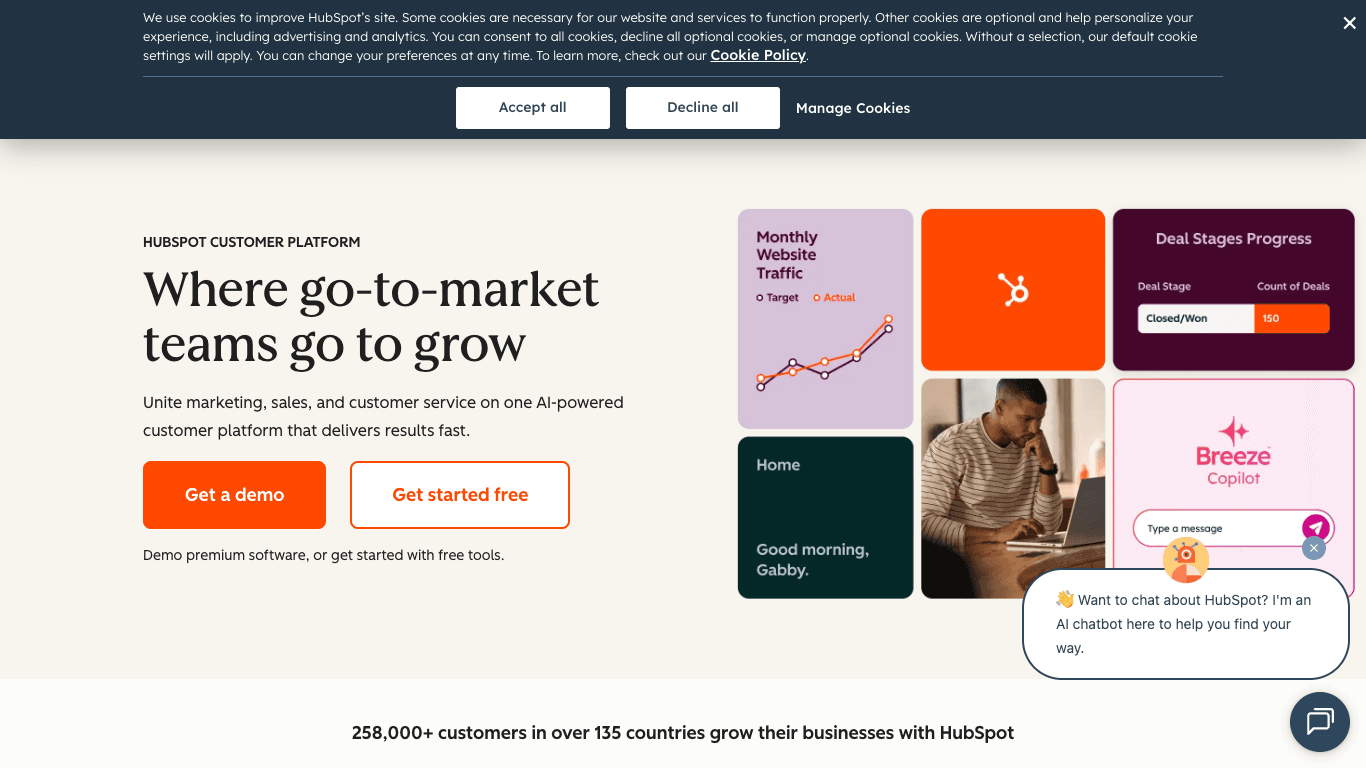
Start Content Marketing Early
Content marketing is the engine of your pre launch marketing strategy. You need to provide value before you ask for a sale.
- Blog Posts: Write about the problems your target audience faces. Don't just talk about your product; talk about their world. If you're building a project management tool, write articles like "5 Ways to Beat Procrastination" or "How to Run More Effective Team Meetings."
- "Build in Public": This is a powerful strategy for indie makers. Share your journey on social media. Talk about your wins, your struggles, and what you're learning. People connect with authenticity. It makes them feel like part of the story.
- Guest Posting: Find blogs your target audience reads and offer to write a guest post. This gets you in front of a new audience and can provide a valuable backlink for your SEO.
Engage on Social Media Where Your Audience Lives
Don't try to be everywhere. Pick one or two platforms where your ideal customer spends their time and go deep.
- Provide Value: 80% of your content should be helpful, and 20% can be promotional. Answer questions, share interesting articles, and participate in conversations.
- Use the Right Tools: Tools like Buffer (https://buffer.com) or Hootsuite (https://hootsuite.com) can help you schedule posts and stay consistent.

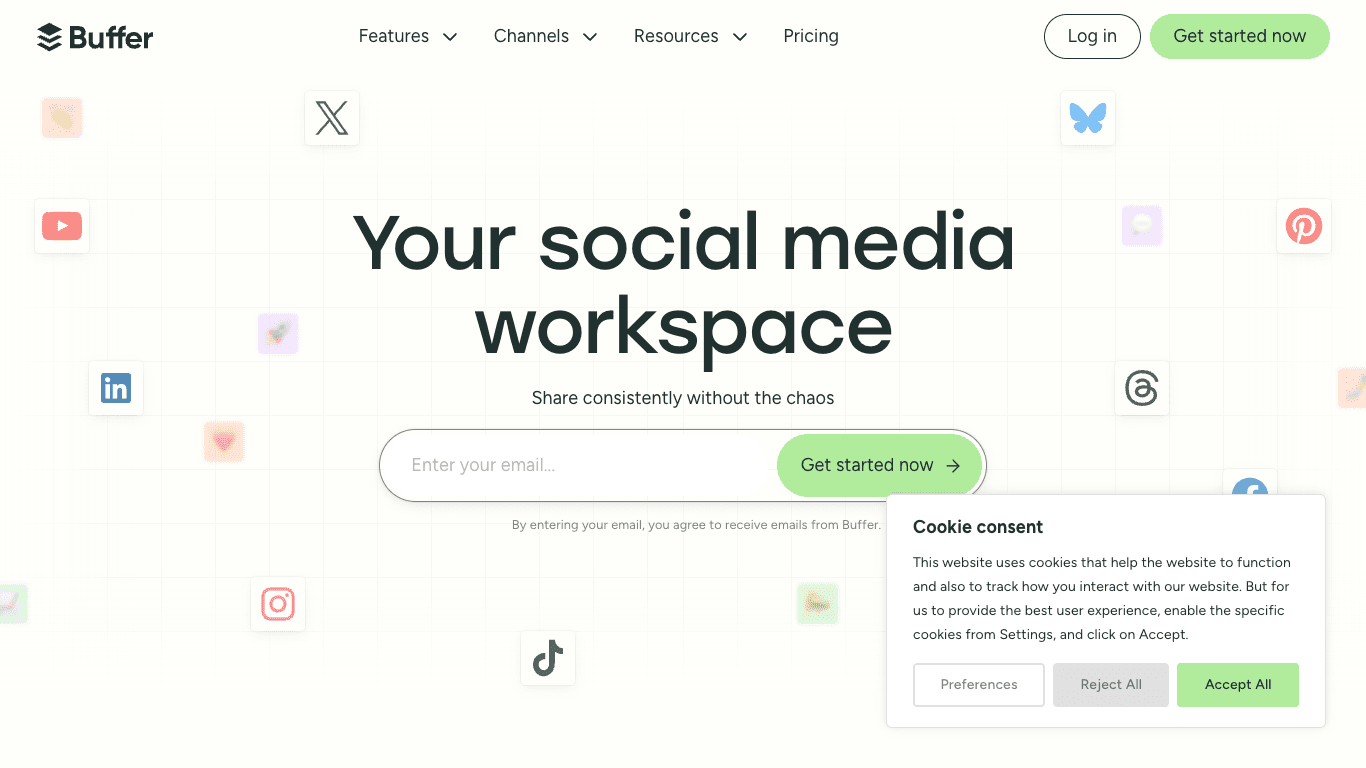
- Be Human: Show your personality. People connect with people, not logos.
A well-executed social media plan is a cornerstone of any effective pre launch marketing strategy.
Phase 3: Generating Buzz - Turning Up the Volume
You’ve built a small audience. Now it's time to turn that initial spark into a fire.
Leverage Influencers and Early Adopters
Find influential people in your niche. These don't have to be celebrities with millions of followers. Micro-influencers (those with 1,000 to 100,000 followers) often have much higher engagement rates.
Offer them free, early access to your product in exchange for honest feedback. If they love it, they might share it with their audience. Don't be pushy. Build a genuine relationship first.
The Power of a Waitlist and Referral Program
Your waitlist isn't just a list of emails. It's a community of your most excited future customers. Keep them engaged with regular updates.
Want to supercharge your list growth? Create a simple referral program.
- Example: When someone signs up for your waitlist, give them a unique referral link. For every friend they refer who also signs up, they move higher up the waitlist. This can turn your early supporters into a powerful marketing engine.
This tactic is a classic for a reason—it works. It's a key component of a high-growth pre launch marketing strategy.
Case Study: How Dropbox Nailed Its Pre Launch
Dropbox (https://www.dropbox.com) is the textbook example of a brilliant pre launch marketing strategy. They faced a major challenge: how do you explain a product that nobody understands?
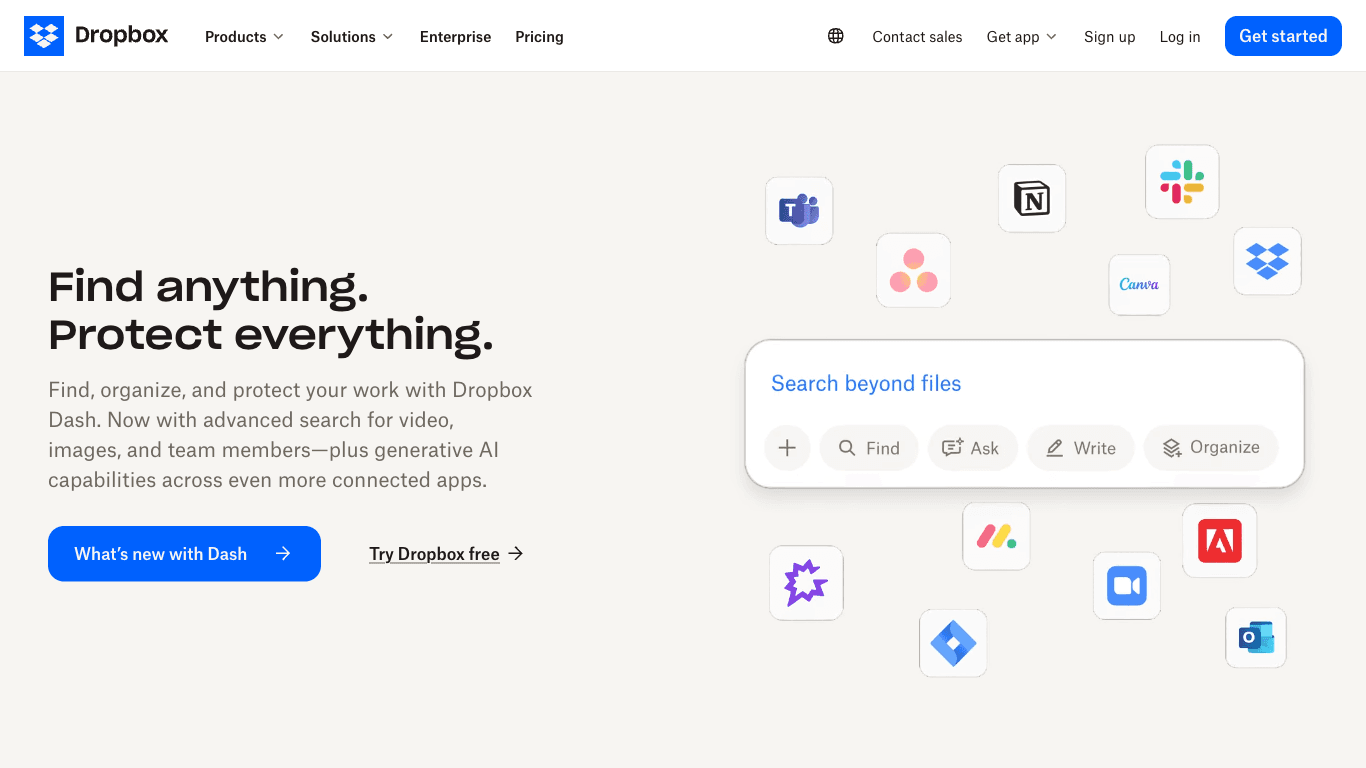
Instead of a boring explanation, they created a simple explainer video. The video was filled with in-jokes and references that appealed to their target audience of early tech adopters on Digg. It was authentic and funny.
The result? Their waitlist exploded from 5,000 to 75,000 people overnight. They combined this with a two-sided referral program where both the referrer and the new user got extra storage space. This viral loop was the key to their explosive growth.
Phase 4: The Final Countdown - Preparing for Liftoff
The big day is approaching. It’s time to get all your ducks in a row.
Choosing Your Launchpad: Where to Announce Your Product
Where you launch can have a huge impact on your initial visibility. You need a platform that gets you in front of early adopters and provides social proof.
For indie makers and startups, getting initial traction is everything. You want a place that not only gives you eyeballs on launch day but also provides lasting value. This is where a strategic pre launch marketing strategy considers the long-term SEO benefits. Many builders struggle to get early feedback and high-quality backlinks, which are critical for growth.
Platforms like Product Hunt are great for one-day buzz, but what about sustained momentum? This is a gap that needs filling.
Preparing Your Outreach and PR Materials
Have your launch day materials ready to go before launch day. This includes:
- An Email Announcement: Craft a compelling email for your waitlist. Remind them why they signed up and what problem you solve.
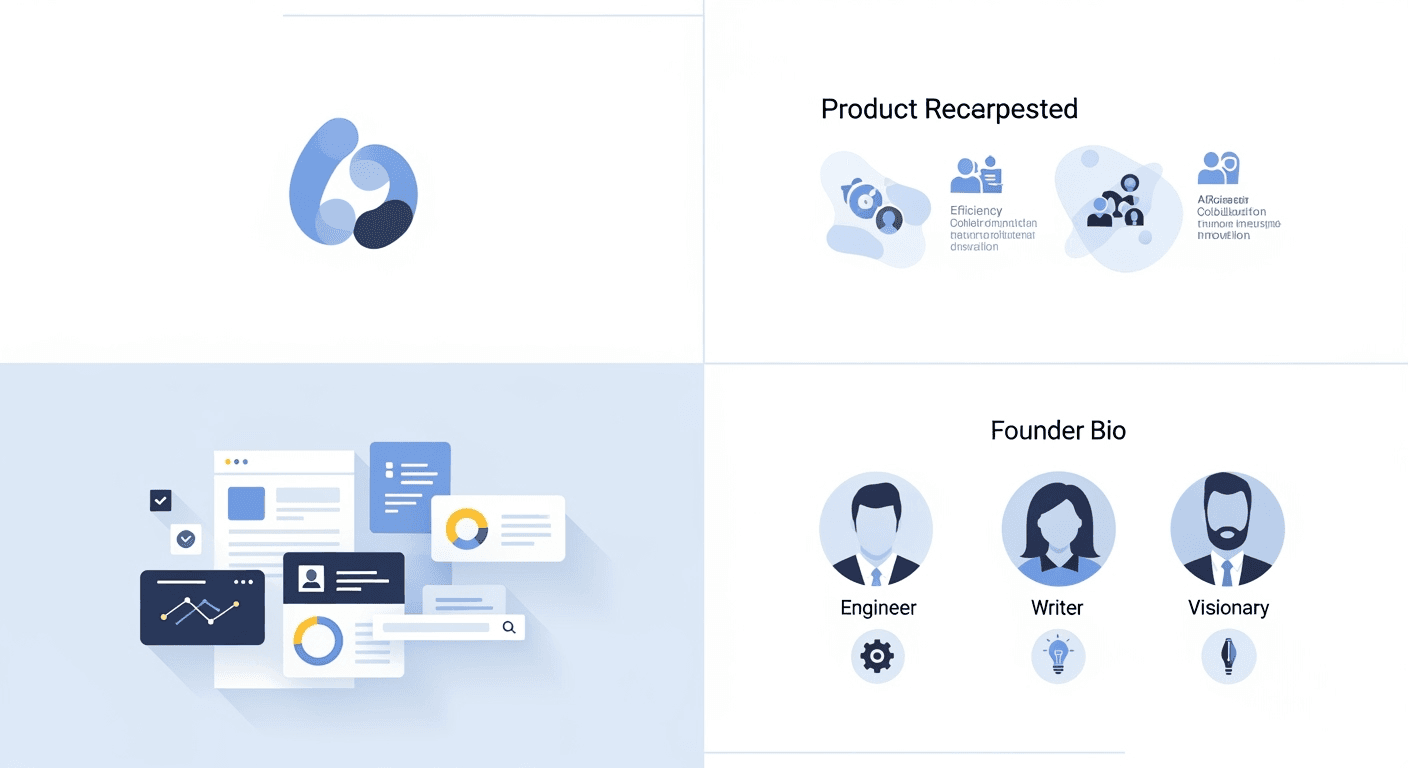
- Social Media Posts: Prepare your launch day posts in advance so you can focus on engaging with your new users on the day.
Comparing Launch Platforms: Where Should You Make Your Debut?
Choosing where to launch is a critical decision. Here’s a quick comparison of some popular options for indie builders.
| Feature | Product Hunt | BetaList | ShipSquad (shipsquad.space) |
|---|---|---|---|
| Primary Goal | One-day launch buzz, community voting | Announcing a pre-launch startup to early adopters | Visibility, user feedback, and SEO backlinks |
| Cost | Free | Freemium (paid options for faster review) | Completely Free |
| Audience | Tech enthusiasts, VCs, early adopters | Startup community, tech early adopters | Indie makers, early adopters, fellow builders |
| Key Benefit | Potential for massive one-day traffic spike | Getting your landing page in front of users | Free launch, early eyes, and quality backlinks for SEO |
| SEO Impact | Minimal long-term SEO benefit | Some directory value | Specifically designed to provide credible backlinks |
Featured Solution: ShipSquad
For early-stage builders who want more than just a fleeting moment in the spotlight, ShipSquad (shipsquad.space) offers a unique and compelling value proposition. The biggest challenge for new products isn't just getting seen on day one; it's building a foundation for long-term growth.
Traditional launch platforms are great, but they often don’t contribute to your SEO. You get a traffic spike, and then... it's over. ShipSquad was built to solve this exact problem. It’s a free platform where you can:
- Launch your product to an engaged community of early adopters.
- Get crucial early feedback to iterate and improve.
- Earn quality backlinks to boost your domain authority and SEO from the very beginning.
This focus on SEO is a game-changer and a critical part of a forward-thinking pre launch marketing strategy. It's designed for builders who are thinking about day 365, not just day 1.
Ready to build momentum that lasts? Check out ShipSquad (shipsquad.space) and plan a launch that grows with you.
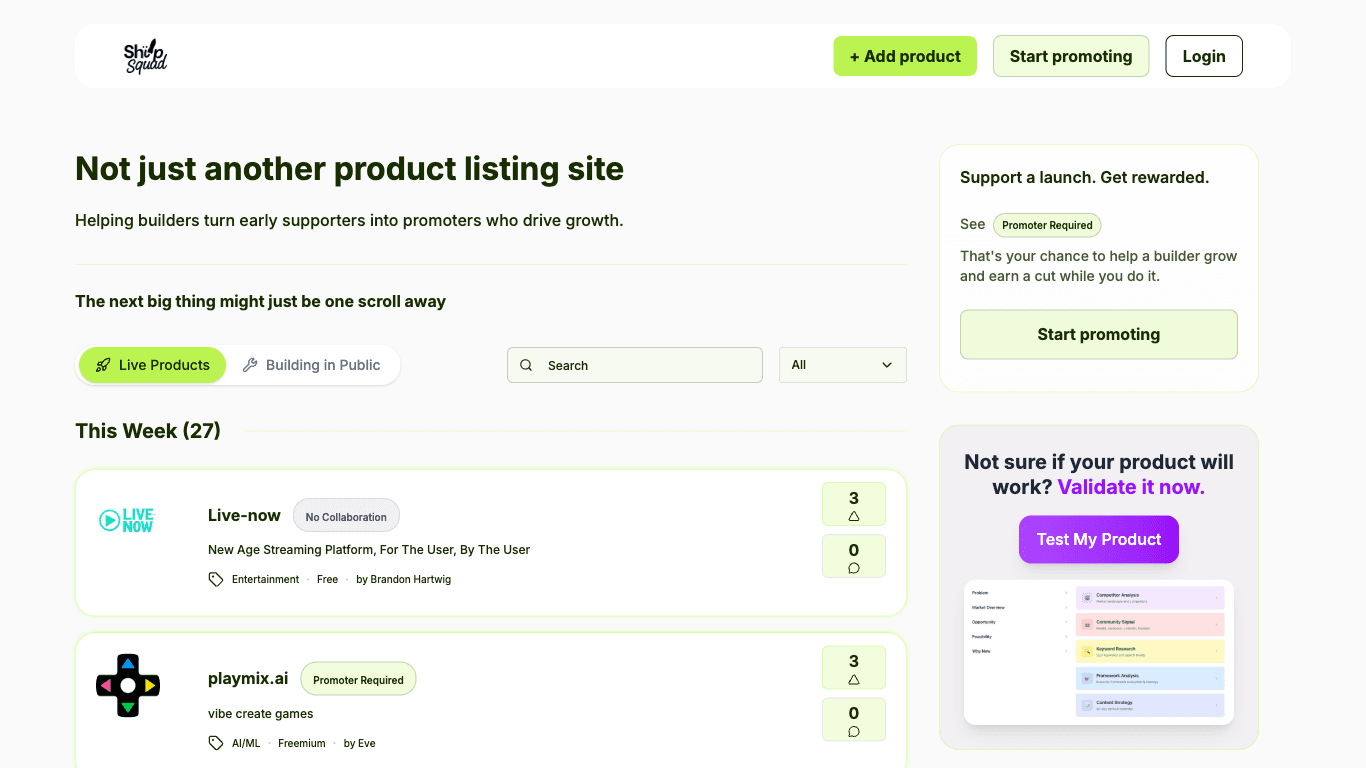
Conclusion: Your Launch is a Beginning, Not an End
A successful product launch doesn't happen by accident. It's the result of a deliberate, thoughtful, and well-executed pre launch marketing strategy. By building an audience, creating buzz, and providing value long before you ask for a sale, you set yourself up for success.
You don't need a massive budget. What you need is a deep understanding of your customer, a willingness to be authentic, and a smart plan. Remember that the goal isn't just to have a big launch day. The goal is to build a sustainable business.
And that's where platforms designed for the long haul, like ShipSquad (shipsquad.space), really shine. They understand that early visibility, user validation, and foundational SEO are the ingredients for lasting success, not just a one-day spike. Your pre launch marketing strategy is your roadmap. Now, go build some momentum.
Recommended Videos
- How To Launch A Product (Successfully) - by Noah Kagan
- The Perfect Pre-Launch Strategy For Your Next Big Idea - by Pat Flynn
Frequently Asked Questions (FAQs)
1. How long should a pre launch campaign last?
There's no magic number, but a common timeframe is between 30 and 90 days. This gives you enough time to build a decent-sized email list and generate buzz without the hype fizzling out.
2. What's the single most important part of a pre launch marketing strategy?
Building an email list. Your email list is your most valuable asset. It's a direct line of communication with your most interested potential customers, and it's a channel you own, unlike social media followers.
3. How much should I spend on a pre launch campaign?
It can be done for very little money. Many of the most effective tactics—content marketing, building in public, and engaging in online communities—are free. Your biggest investment will be your time.
4. What if my product isn't ready for a demo?
You don't need a working product to start your pre launch. You can start with mockups, a simple explainer video, or even just a well-written landing page that clearly explains your value proposition. The goal is to validate the idea and build an audience first.
5. How do I keep my waitlist engaged?
Send them regular updates, at least once every week or two. Share behind-the-scenes progress, ask for their feedback on features, and provide valuable content related to the problem you're solving. Make them feel like insiders.
6. What makes a pre launch marketing strategy for a physical product different?
The core principles are the same: build an audience and generate buzz. However, with physical products, you can also incorporate things like pre-orders, crowdfunding campaigns on platforms like Kickstarter (https://www.kickstarter.com), and sending physical prototypes to influencers for unboxing videos.
